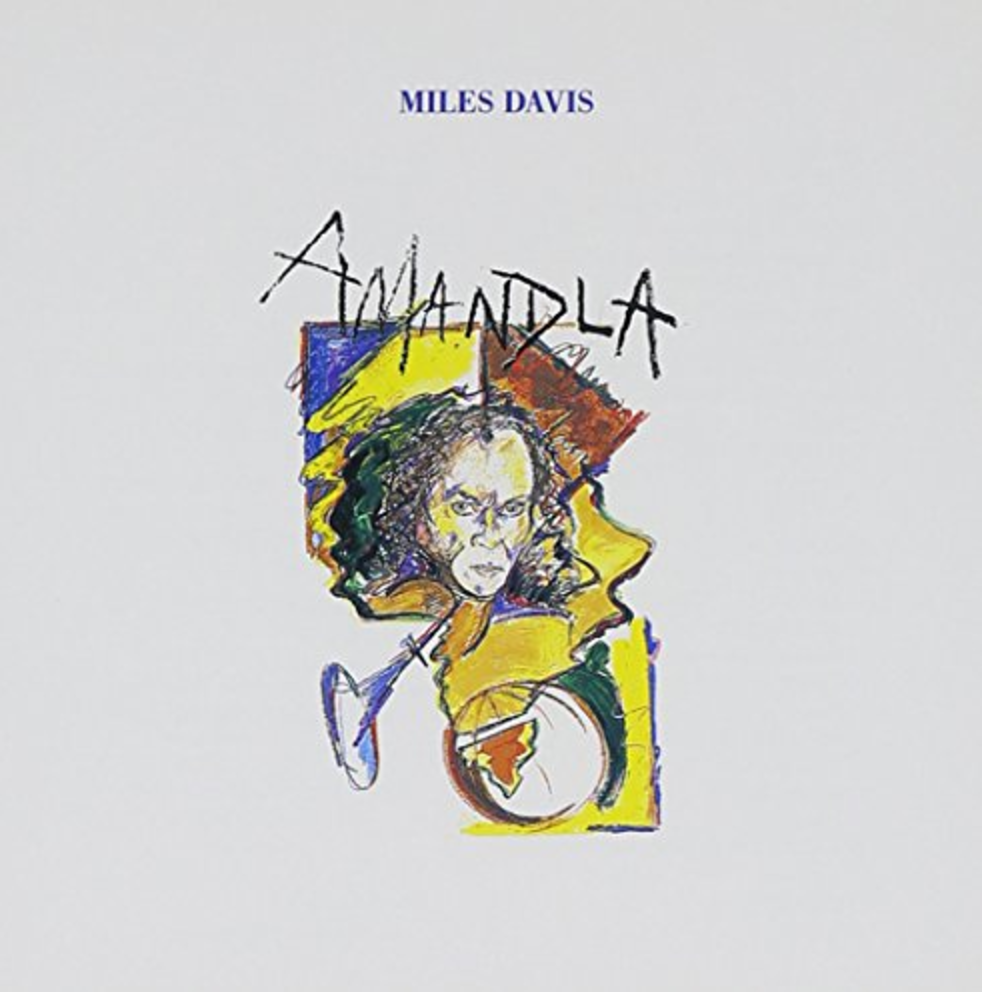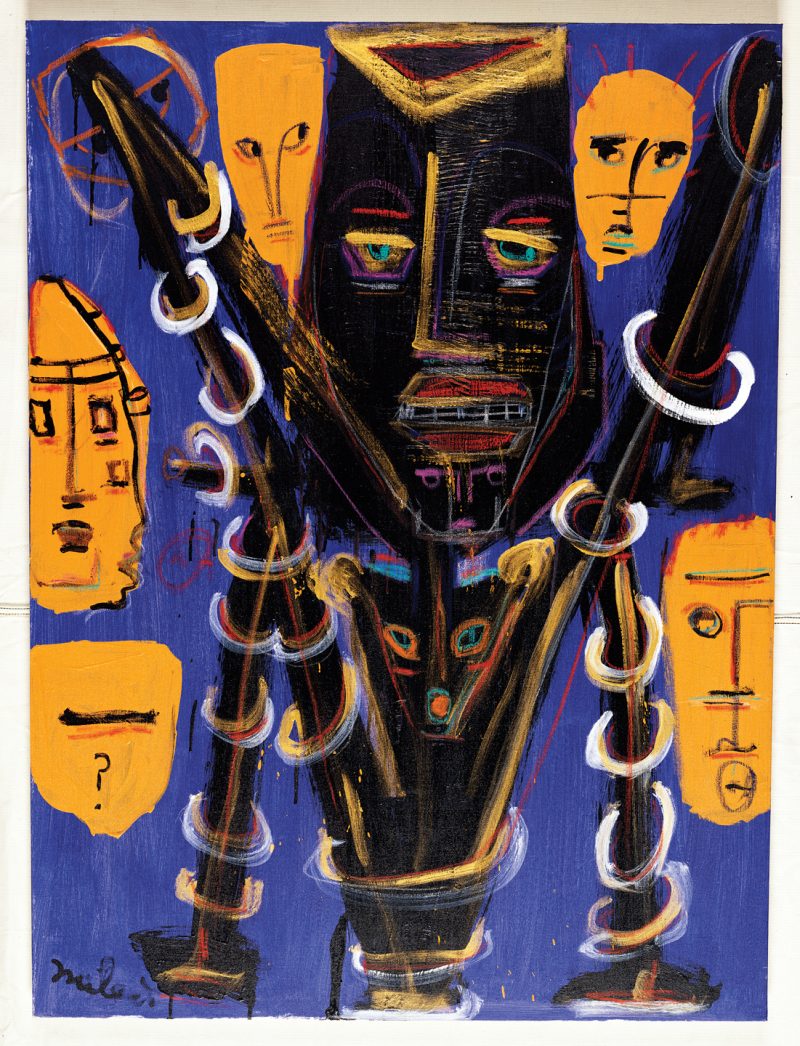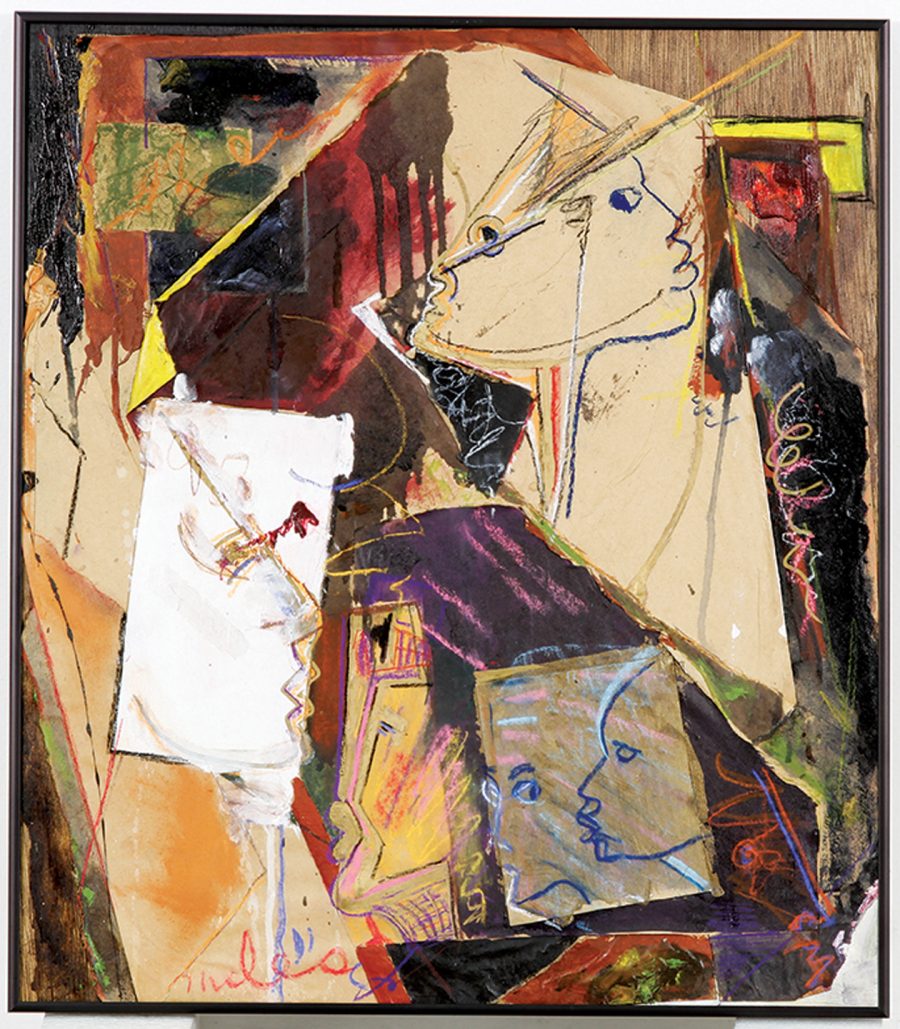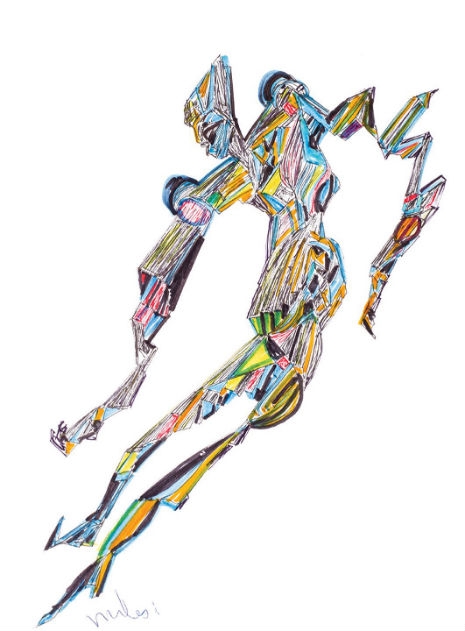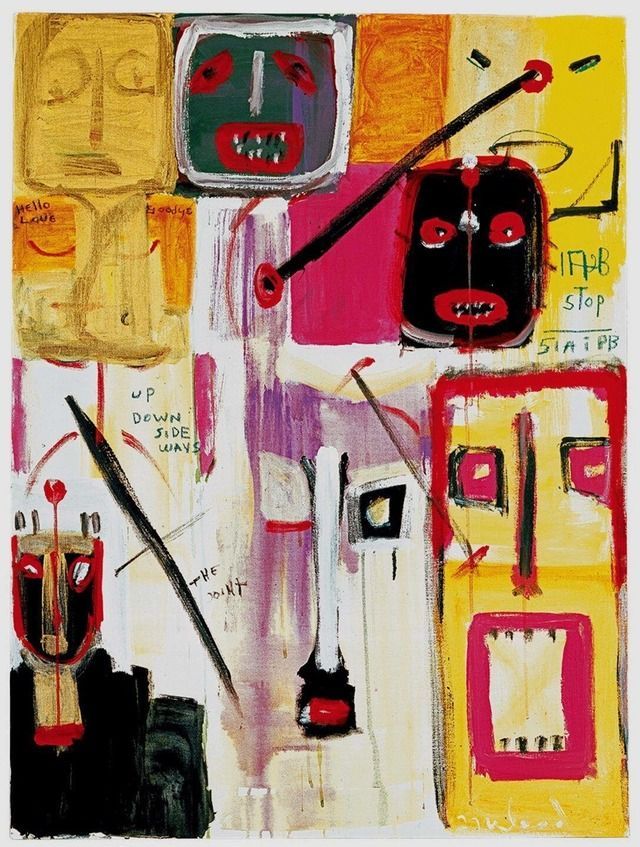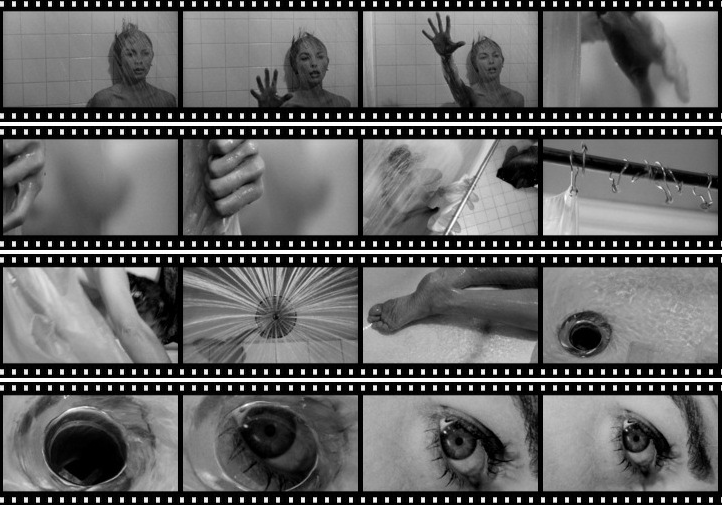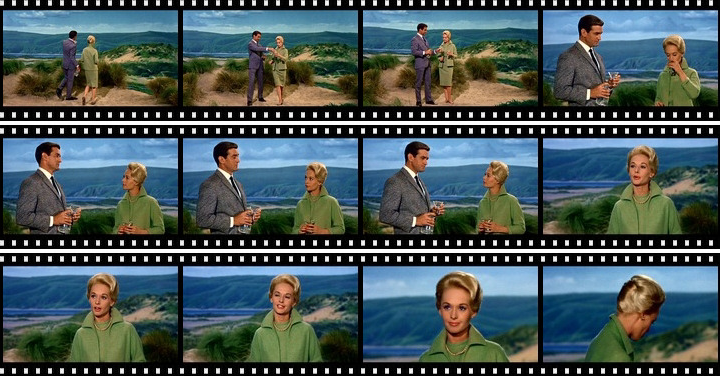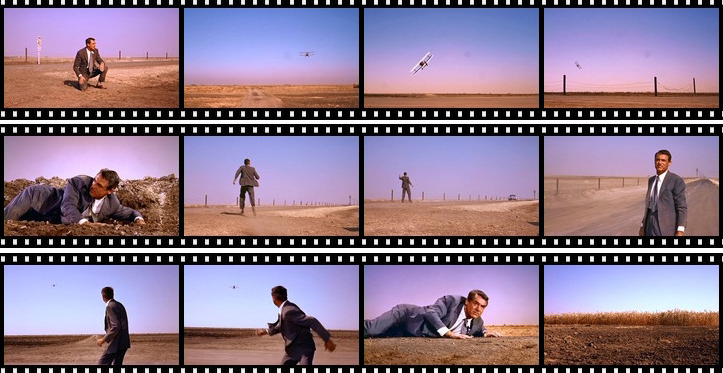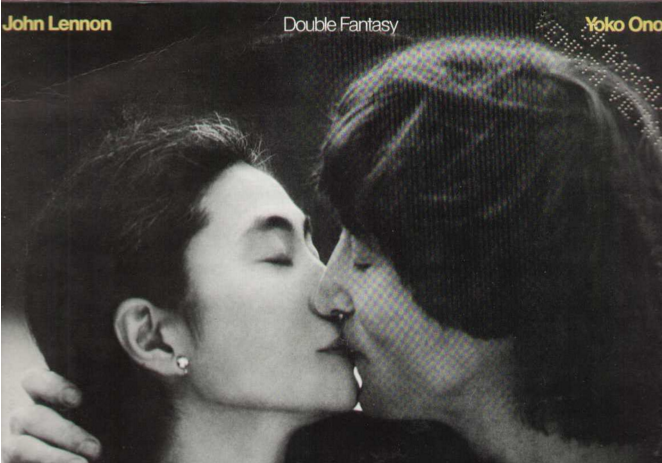Are you feeling doomed and insignificant, like a shrimp destined for the frying pan? Well, then, we have just the thing for you. Last week we featured three introductory philosophy videos from Alain de Botton’s School of Life, on Martin Heidegger, the Stoics, and Epicurus. Each of these shorts is designed to show how philosophy, ancient and modern, can enhance our daily life by addressing questions of freedom, suffering, and happiness. Above—in what Maria Popova at Brain Pickings calls an “imaginative video essay”—de Botton again engages with Heidegger’s thought, this time distilling the difficult German philosopher’s concept of “Being” (das sein) to its essence.
Heidegger’s desire, de Botton tells us, was to “wake us up to the idea that we are surrounded by death.” (Heidegger used the “grander term,” das nichts,” the nothing, or “inexistence, the opposite of life.”) Instead of simply awakening existential terror by reminding us of how fragile and precarious our lives are, Heidegger sought to encourage moments of insight into the mysterious unity and beauty of life. In these moments, he thought, we might learn “to recognize our kinship with all living things and with the Earth itself.”
What keeps us from having these insights all of the time? For Heidegger, our social denial of Being takes the form of “endless chatter,” what he called das gerede. We are all familiar with its many manifestations; from the perpetual trivia of celebrity gossip to the numbing scaremongering of the 24-hour news cycle, thousands of voices surround us hourly, clamoring for our attention and seeking to drown out our individual awareness of death and of Being. In the visual kitchen metaphor above, das gerede is represented by a “pancake-like dough layer” that “smothers our connection with Being.” “The task of philosophy,” Heidegger believed, “is to remove us from the doughy comfort of chatter and introduce us, systematically, to the bracing concept of Nothingness.”
It’s certainly not for nothing that Heidegger has been identified as an existentialist, though he repudiated the term. For Heidegger, the question of human existence was primary and above all other kinds of inquiry. Heidegger did not believe that the methods and technologies of the natural sciences could ever offer satisfactory answers to our fundamental questions about our existence. So what was Heidegger’s cheerful advice to those of us seeking a more authentic connection to Being? Like Morrissey and various Romantic poets, Heidegger recommended that we “spend more time in graveyards.” To get in touch with life, he suggests, we must first learn to get in touch with death.
via Brain Pickings
Related Content:
Alain de Botton’s School of Life Presents Animated Introductions to Heidegger, The Stoics & Epicurus
Martin Heidegger Talks About Language, Being, Marx & Religion in Vintage 1960s Interviews
Martin Heidegger Talks Philosophy with a Buddhist Monk on German Television (1963)
Find several courses on Heidegger, including his magnum opus Being and Time, in our collection of Free Online Philosophy Courses
Josh Jones is a writer and musician based in Durham, NC. Follow him at @jdmagness.


